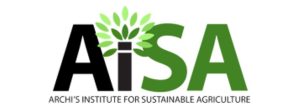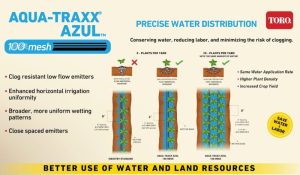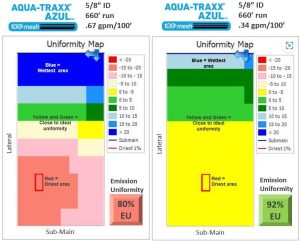The relationship between nutrient management and soil moisture is a very close one. As fertilizer gets more and more expensive, proper management of this input is critical to help you maintain profitability.
George Hochmuth, professor at the Soil and Water Science Department at the University of Florida, describes the dynamics of the relationship between soil moisture and fertilizer management, and outlines ways to improve your crops’ nutrient uptake through more precise irrigation.
Know Your Soil
So why is the relationship between soil moisture and fertilizer so important?
“It has to do with the nutrients that are relatively mobile in the soil,” he says. “As the water moves downward through the soil profile, nutrients will be solubilized, and they’ll move with the water.”
Problems occur, Hochmuth says, if growers irrigate too much or if there are heavy rains, making the nutrients move too far below the root zone and become unavailable to the crop — also known as leaching.
Knowing the soil types at your operation is a key starting point for managing soil moisture, crop water use, and for preventing a loss of nutrients, Hochmuth says.
The two primary variables that affect moisture retention in soil are soil texture and organic matter. “Soil texture describes the relative proportions of sand, silt, and clay.
Soils with more silt and clay are generally referred to as finer textured soils because the particles are very, very small. They have an increased ability to hold moisture,” Hochmuth explains.
Organic matter can attract and hold water as well. If there are two soils with the same texture, and one has more organic matter than the other, the one with more organic matter will hold more moisture.
Monitor Your Irrigation
In order to prevent your nutrients from leaching, Hochmuth suggests paying careful attention to irrigation management. Specifically, this involves avoiding over-irrigating, timing the irrigation so the soil can hold all of the water you’re applying, and not re-applying irrigation water until the soil is able to hold the water.
“These techniques are best managed by knowing the crop water requirements, how much water the soil can hold, and how much water the plant needs at any one particular time, and paying attention to the weather forecast,” he says.
Having access to weather information is key, he stresses. “It enables you to ask ‘Do I really need to irrigate today, or can I wait another day and let Mother Nature irrigate my crops?’”
To further help with this assessment, Hochmuth suggests using a soil moisture monitoring tool such as a tensiometer, but says a thorough knowledge of the technology is key to reaping its benefits.
“You should really know the proper ranges of the tensiometer before you irrigate,” he says. “The tensiometer can tell you something about the moisture status of the soil, but you need to go a little further before you can really know how much water you should apply. For example, growers should be thinking along the lines of ‘OK, if it’s at this setting on the gauge and if I irrigate for 40 or 50 minutes with a drip irrigation system, that will replenish the moisture in the soil without over-irrigating.’”
The Water Budget Approach
In addition to using tensiometers to monitor moisture, Hochmuth advises using “the water budget approach,” which addresses evapotranspiration (ET), as a more well-rounded method to calculate irrigation needs.
“[The water budget approach] takes into account how much water is actually being used by the crop, and what’s being evaporated from the soil,” he says. “On average, about 98% of the water taken up by the crop is actually is transpired from the leaves, and about 2% to 3% of it is used in growing the crop.”
FIVE FERTILIZER MANAGEMENT TIPS
According to George Hochmuth, professor at the Soil and Water Science Department at the University of Florida, these five management practices should be the backbone of your nutrient management plan.
1. Know your soil fertility status through soil testing.
2. Know your soil type: both texture and, organic matter content.
3. Understand the “Four R’s”: right rate, right placement, right timing, and right source.
4. Understand crop evapotranspiration and how to manage those values without over-irrigating.
5. Pay attention to other production aspects that can change nutrient uptake such as insects and diseases.
Article by Lauren Mariá Alexander via American Vegetable Grower




